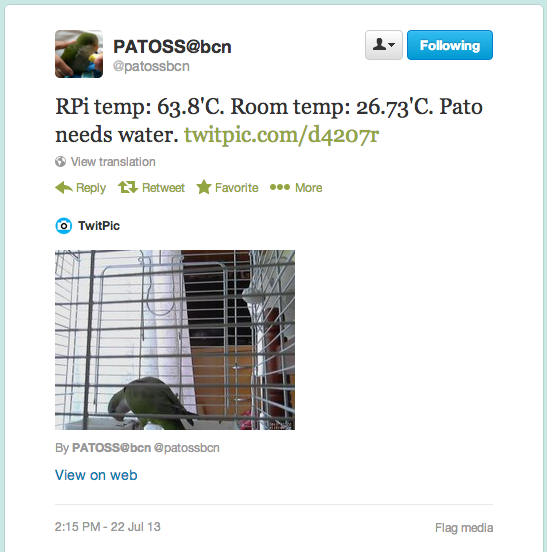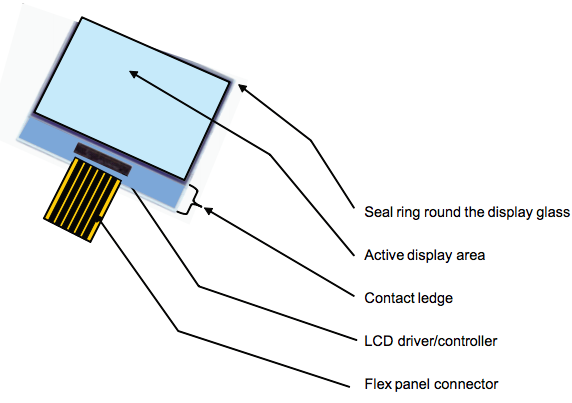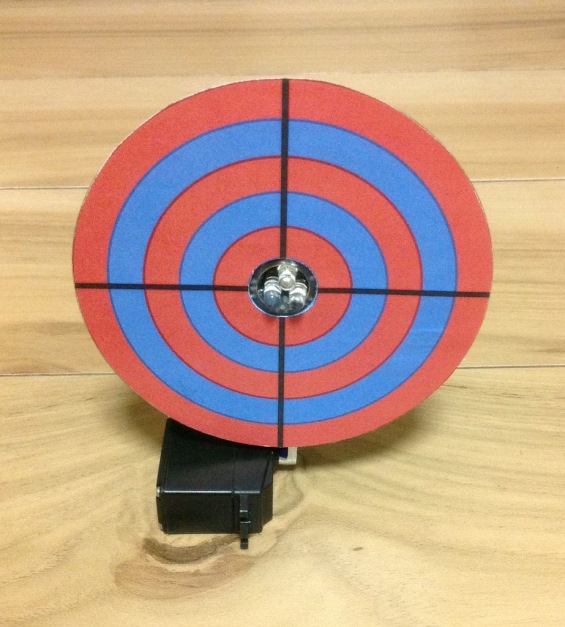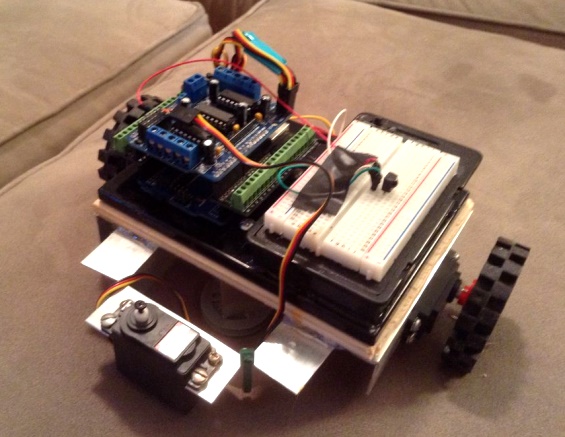Raspberry Pi based surveillance system for an injured bird

Jorge Rancé found a wounded bird on street which he brought home. Until the bird gets recovered completely, he needed a tool to monitor the health progress of the bird from remote when he is not at home. He built this raspberry Pi based surveillance system that not only feeds live video of the injured bird through internet but also tweets automatically every hour to update the surrounding ambient temperature as well as the level of drinking water in a vessel for the bird. Here’s one snapshot of a tweet it made.
Read more


